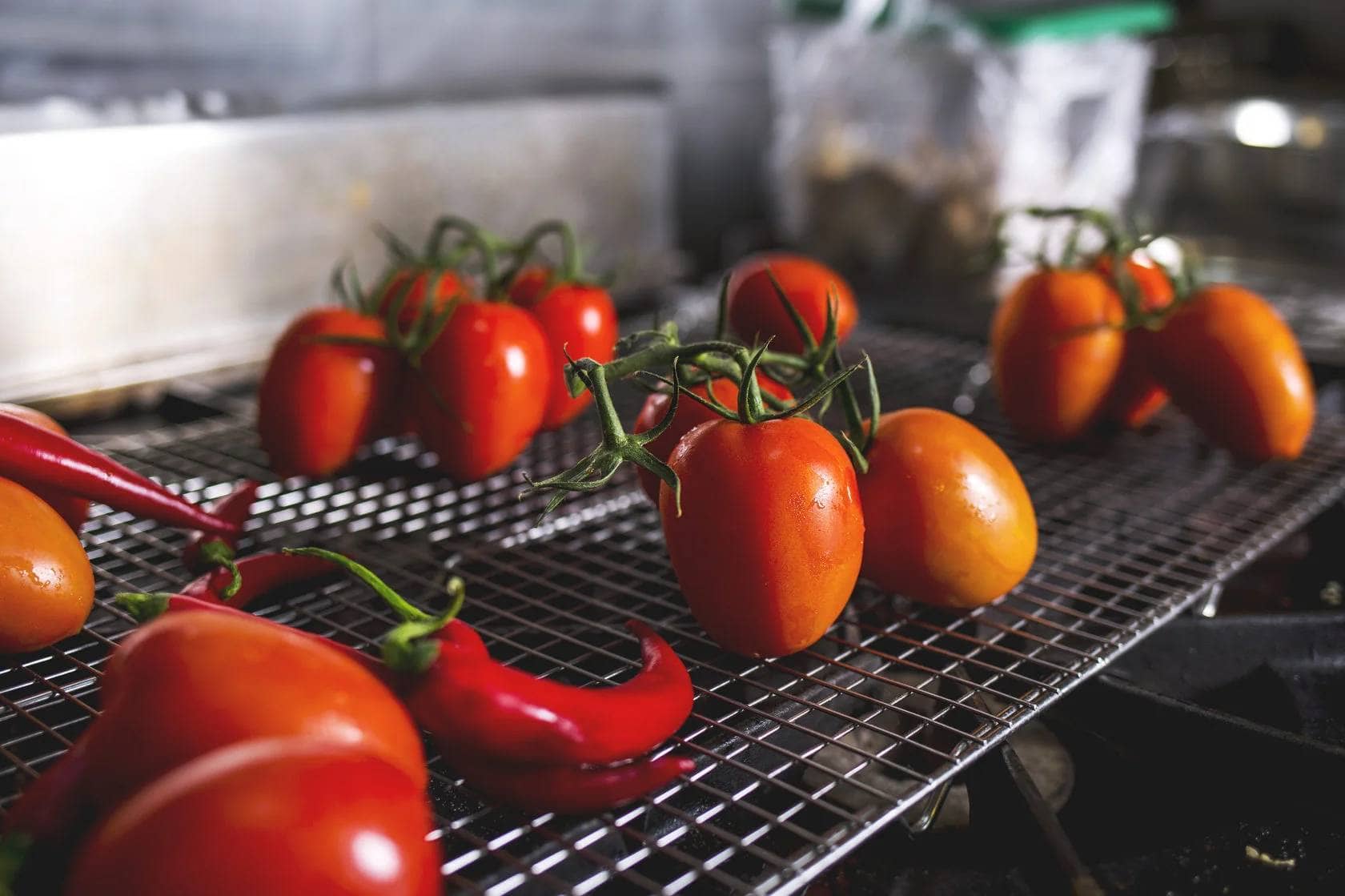Written by Luisa Gibbons
There are many brilliant sources for understanding ingredients trends. We particularly like the way the Food People use an extensive network of contacts globally to follow food ingredient trends – including new restaurants, cuisines, menus – to identify what is likely to be ‘hot’ in food and drink at a more mainstream level in due course. This can often provide more tangible direction than chasing the latest ‘fad’ ingredients offering the next health benefit.
Being able to dig deeper into purchasing data, to learn about patterns of purchasing and cross-category opportunities, is also a superb way of targeting new ingredients that are likely to motivate specific consumers – providing insight into the potential size of the prize too.
If you are responsible for innovation, the above sources are invaluable! But we are increasingly hearing the following common drawbacks of using these routes alone to define your NPD strategies.
The convergence conundrum – you might have access to a brilliant source of ingredients to watch, but chances are your competitors will have access to the same shortlist! This makes creating distinctive innovation and advantage for your brand a challenge. Take note of the rising number of breakfast cereals containing Beetroot for example!
KICR POV: Often there is merit in getting on board with a rising trend, but the most important consideration in determining which ingredients and cuisines to adopt is the reason WHY they are gaining traction with consumers and matching this to your strategic aims as a brand (for example coconut is associated with hydration). This will focus minds on which ‘ingredient trends’ to follow, with reassurance that it is the right route for your brand. Linking the ingredient back to the key benefit it offers from a consumer perspective (whether that’s a specific functional benefit or more emotive benefit such as excitement or reassurance) helps ensure execution is optimised, increasing the chance of competitive edge – especially when the benefits are aligned with your brand promise. This drives coherence and builds genuine brand strength with potential for a long-term positive impact on sales rather than chasing a short-term, trend-driven spike.
Avoid the risks associated with simply jumping on a bandwagon with an unsuitable product stretch that ultimately reduces brand coherence.

The retrospective risk – ingredient trends are already happening… by the time you get to market it might have passed or competitors have beaten you to it.
KICR POV: The opportunities here are twofold. The first (and more obvious yet not necessarily the easiest to implement) answer is to foster an innovation process that enables you to react quickly to market trends, creating an agile NPD process that benefits from test-and-learn to drive much faster development. This is particularly important when looking at line extensions that quickly incorporate new flavours and ingredients into your portfolio. But this is still a reaction to things that have already happened. So the second route, which builds on our thoughts above, again links back to comprehending why ingredients and cuisines are performing well, and looking to similar and potentially less well known/developed options that operate in the same area. Rather than following the herd, explore what you can learn about ingredient and flavour trends and look to broaden this out to uncover alternative ingredients offering similar benefits.
Learn from the trend, but find your own way of owning it.
The size of prize problem – it’s hard to predict which ‘future’ ingredients will become broadly appealing – particularly as more niche ingredients often lack mainstream appeal and therefore fail in typical concept testing
KICR POV: If you’re ahead of the curve with new flavours and ingredients, it’s likely that they will lack mainstream appeal – that’s sort of the point, getting to them before everyone else has! We are psychologically programmed to respond more positively to things that are familiar to us – so Strawberry will always win out over Goji Berry for example. It’s worth noting that ‘trend spotters’ are often based in big cities too – so no guarantee that these trends are applicable nationwide.

This means we need to be brave and single minded as innovators in food and drink.
Building confidence around why particular ingredients are a good fit for our brand is a great way to provide focus and ensure we don’t always default back to the familiar.
Understanding who different ingredients attract is also key to ensure you are connecting with your key target consumers – for example profiling reactions to flavours to identify those that are of interest to the types of people that tend to experiment with new flavours vs. loyalists or even those that have purchased your flavour of interest in another category. This type of information can provide more accurate sizing of opportunities as well as invaluable targeting profiles for launch.
There are also ways to broaden out appeal though of course – for example by pairing unusual ingredients with those that are more familiar to consumers to provide a balance between familiarity and distinctiveness / fit with desired benefits – it’s important to avoid appealing to more people if it means weakening connection with those most likely to adopt. If launching a new functional drink, for instance, it may be a missed trick to simply progress with well-known and ‘obvious’ flavours (strawberry, chocolate, vanilla for example). Whilst these will invariably ‘test’ best in terms of driving broad appeal, they might not be working hard enough to support the functional benefits of your proposition. Asking the right questions in any flavour screening research is key to making the right decisions around which flavours to progress for your brand (over and above those that might be trending). Functional resonance is why Prune and Fig are such important variants for Activia even though they ‘bomb’ at a total sample level in testing. Even the order you present the ingredients in is important – lead with the familiar to reassure (something innocent do well – take their Apple, Pear and Cucumber juice as an example).
There’s no silver bullet to knowing which ingredients and flavours to back, but the following can help ensure you capitalise on new routes for your brand
1. Keep it together. Only back the flavours that serve your strategy, and don't get side-tracked!
2. Remember your consumers' goals. Select ingredients that serve these over making you look 'hip'.
3. Check out the aisle. Other categories can provide inspiration, when viewed with the above two lenses can help you achieve meaningful distinctivenes.
Importantly, culinary, ingredient and flavour trends can only take you so far. A focused understanding of what you are trying to achieve and the role your product needs to / can play in connecting with consumers is essential. The result? Impactful product development where the product itself reinforces your competitive advantage by working in perfect harmony with your brand positioning and packaging.
Get in touch to discuss how KICR can help you capitalise on consumer trends in 2019 or to request a free copy of our Book of Innovation.
